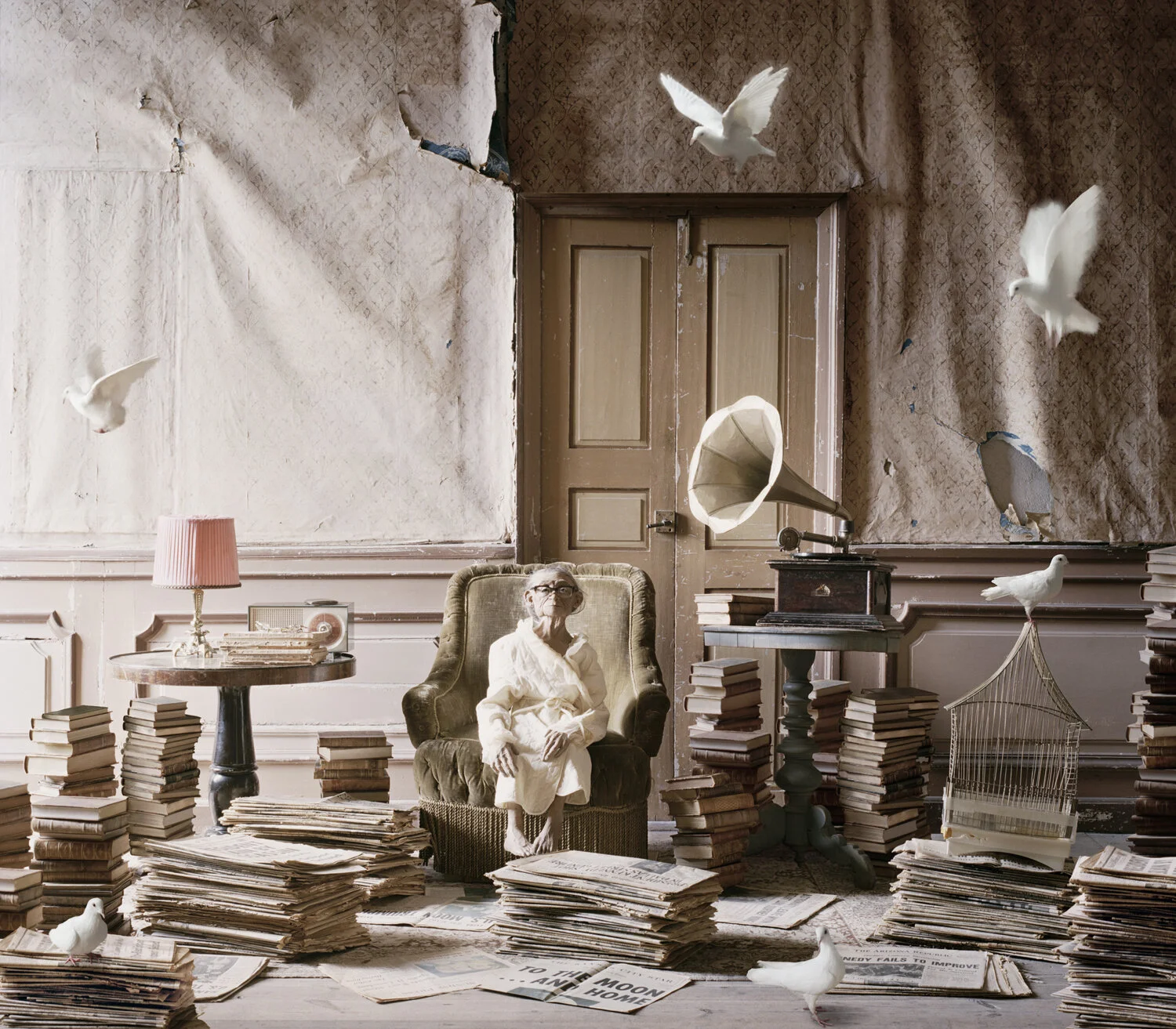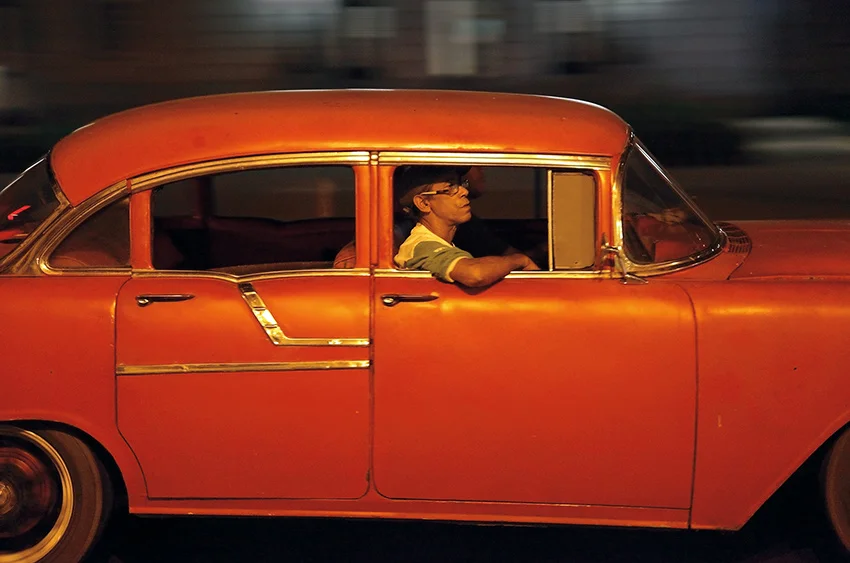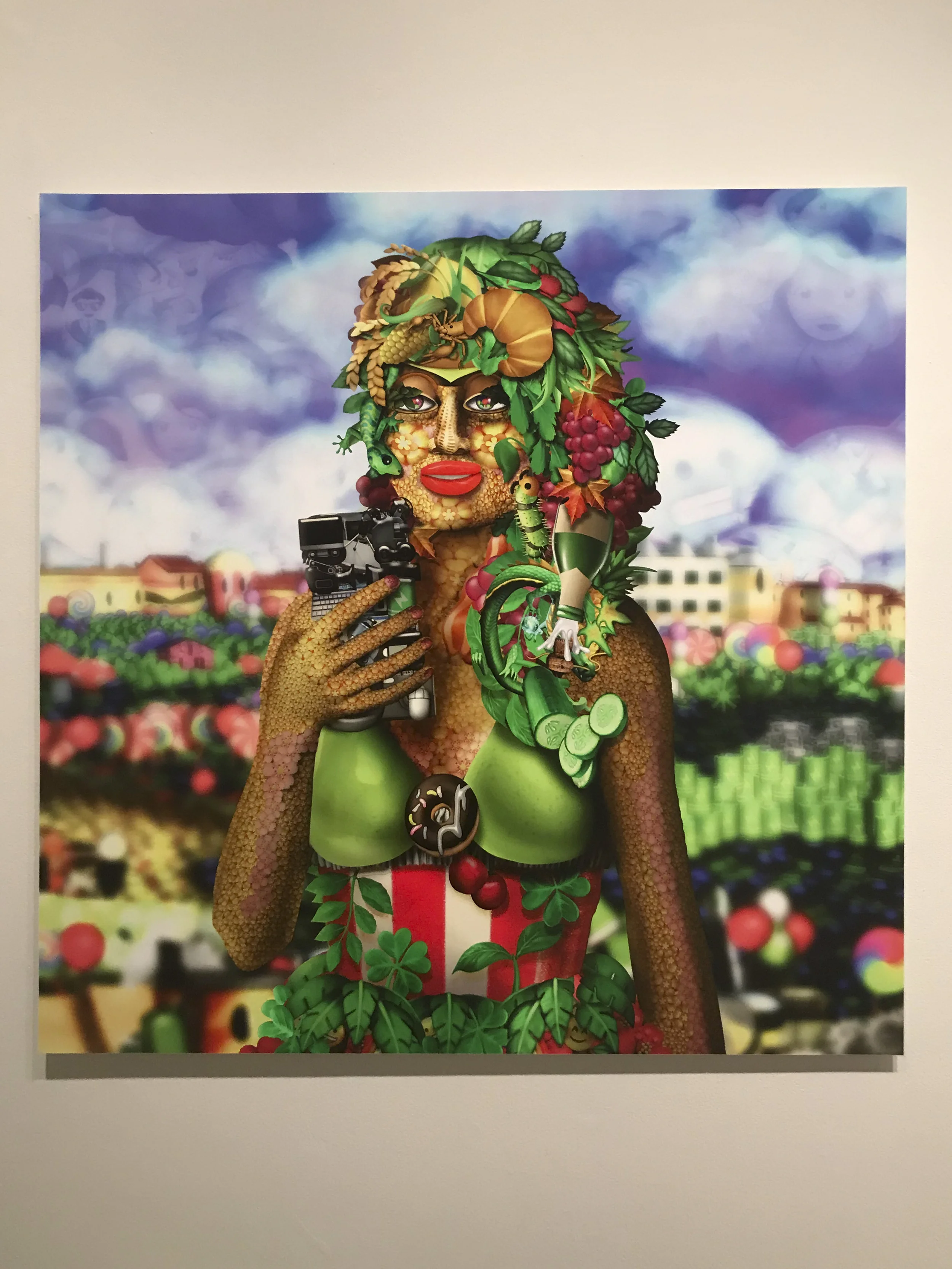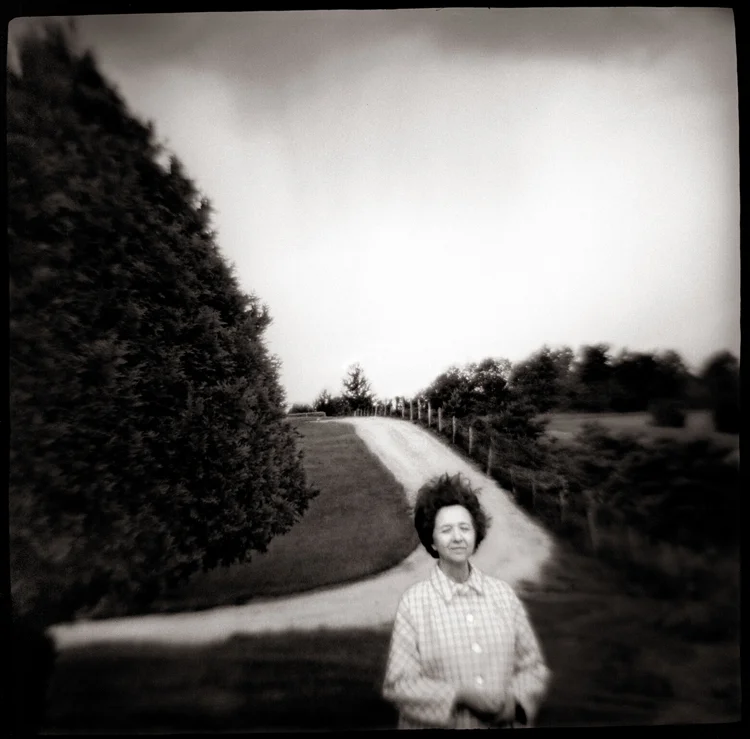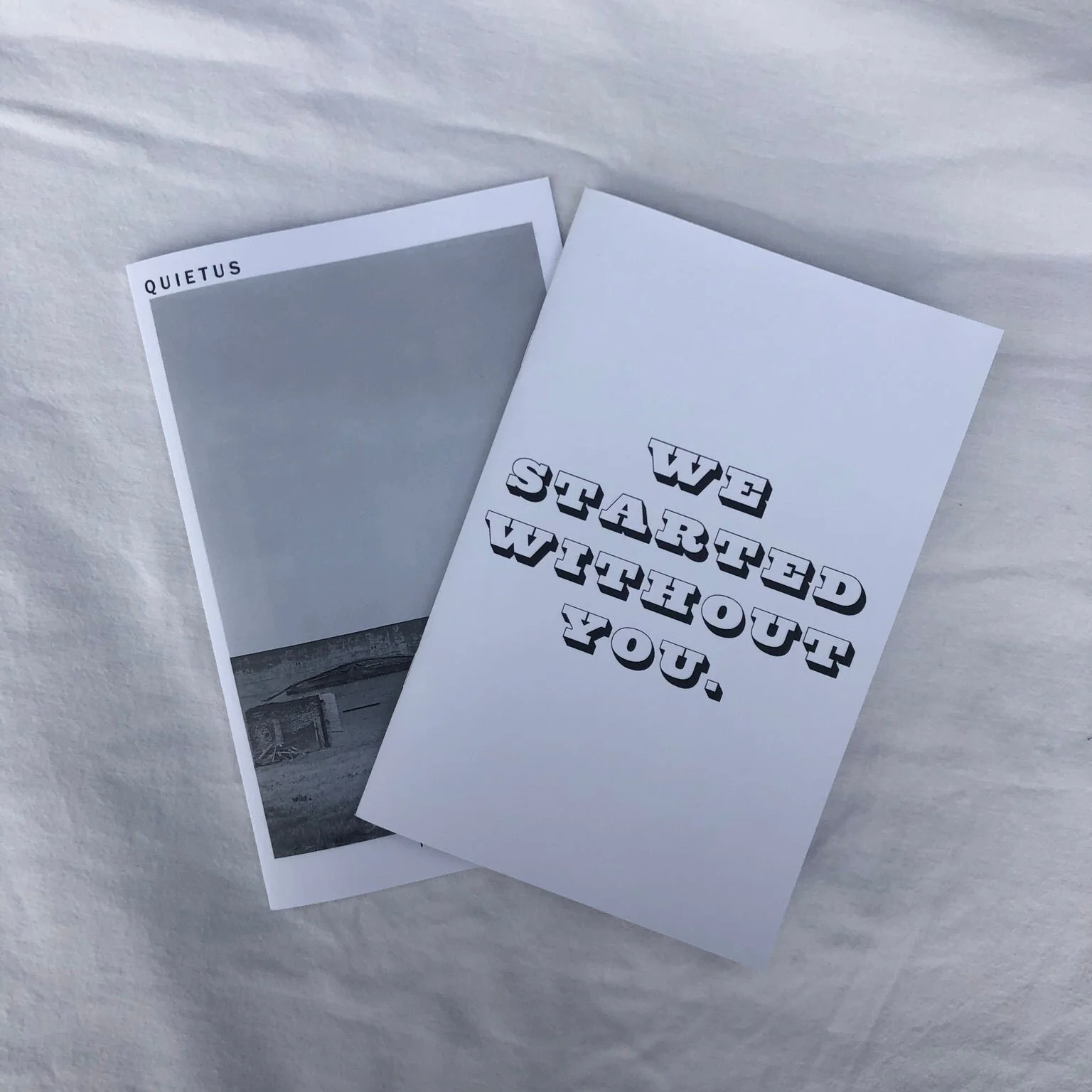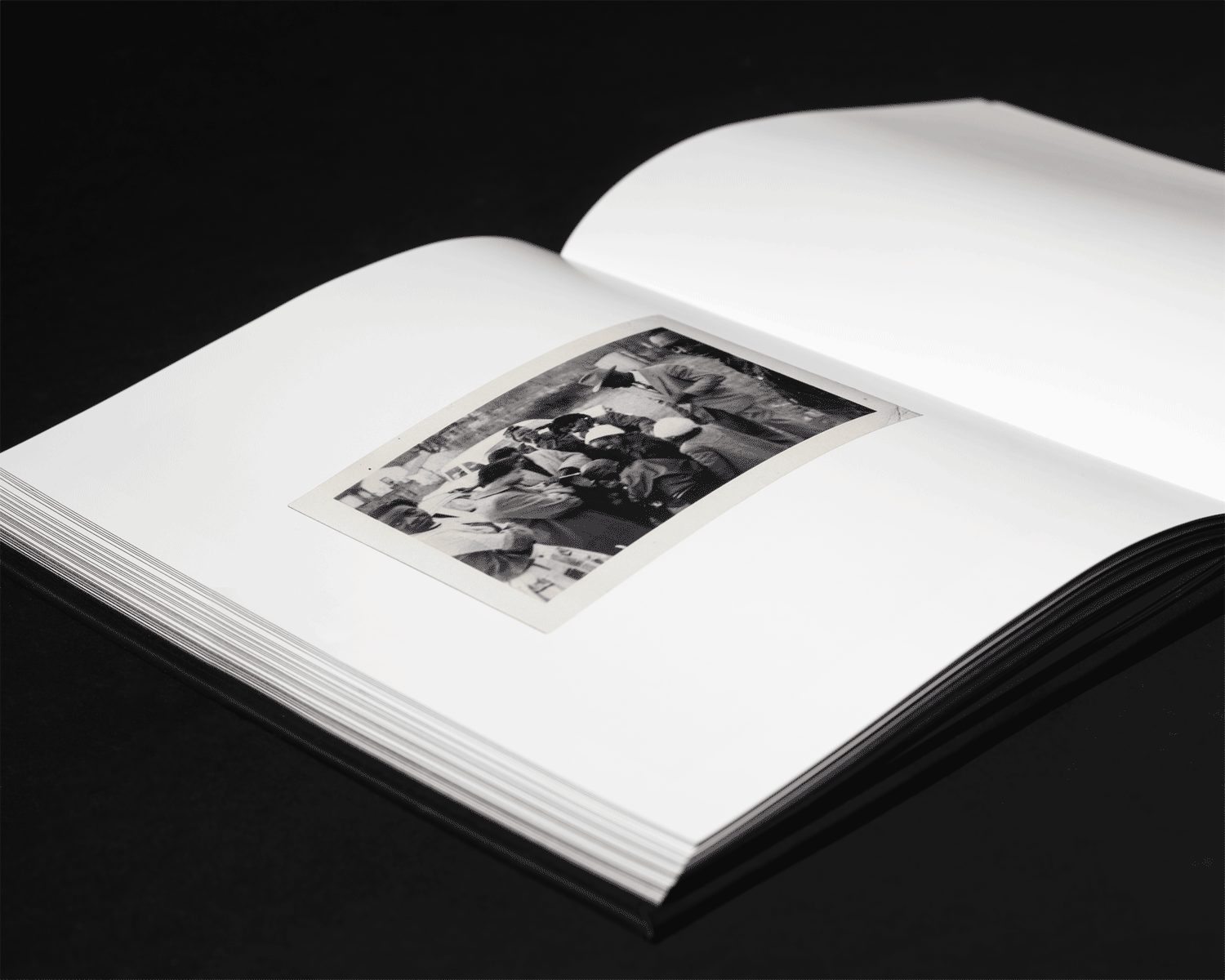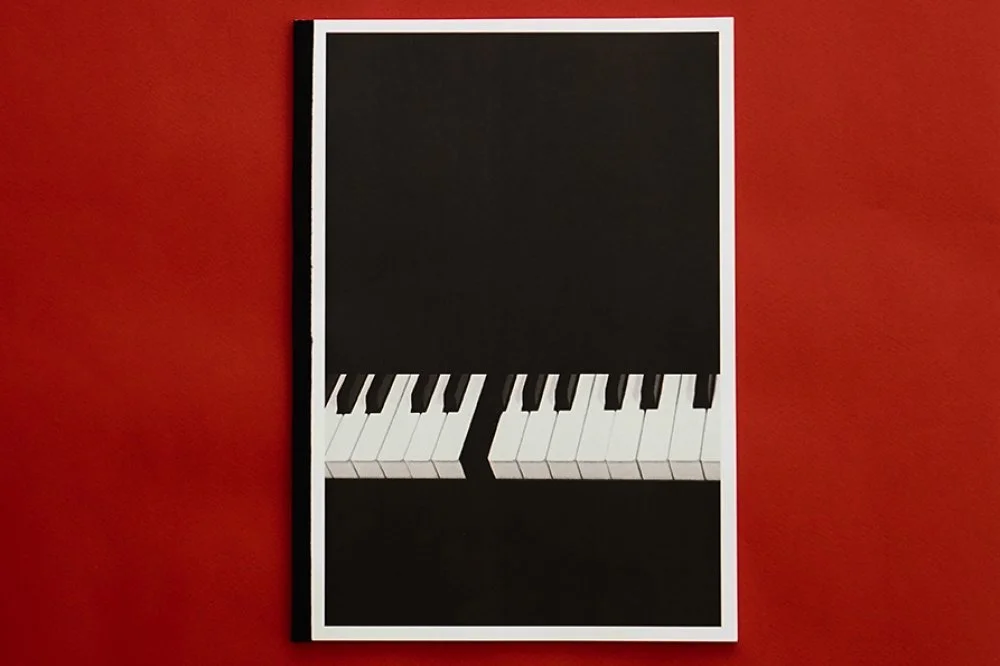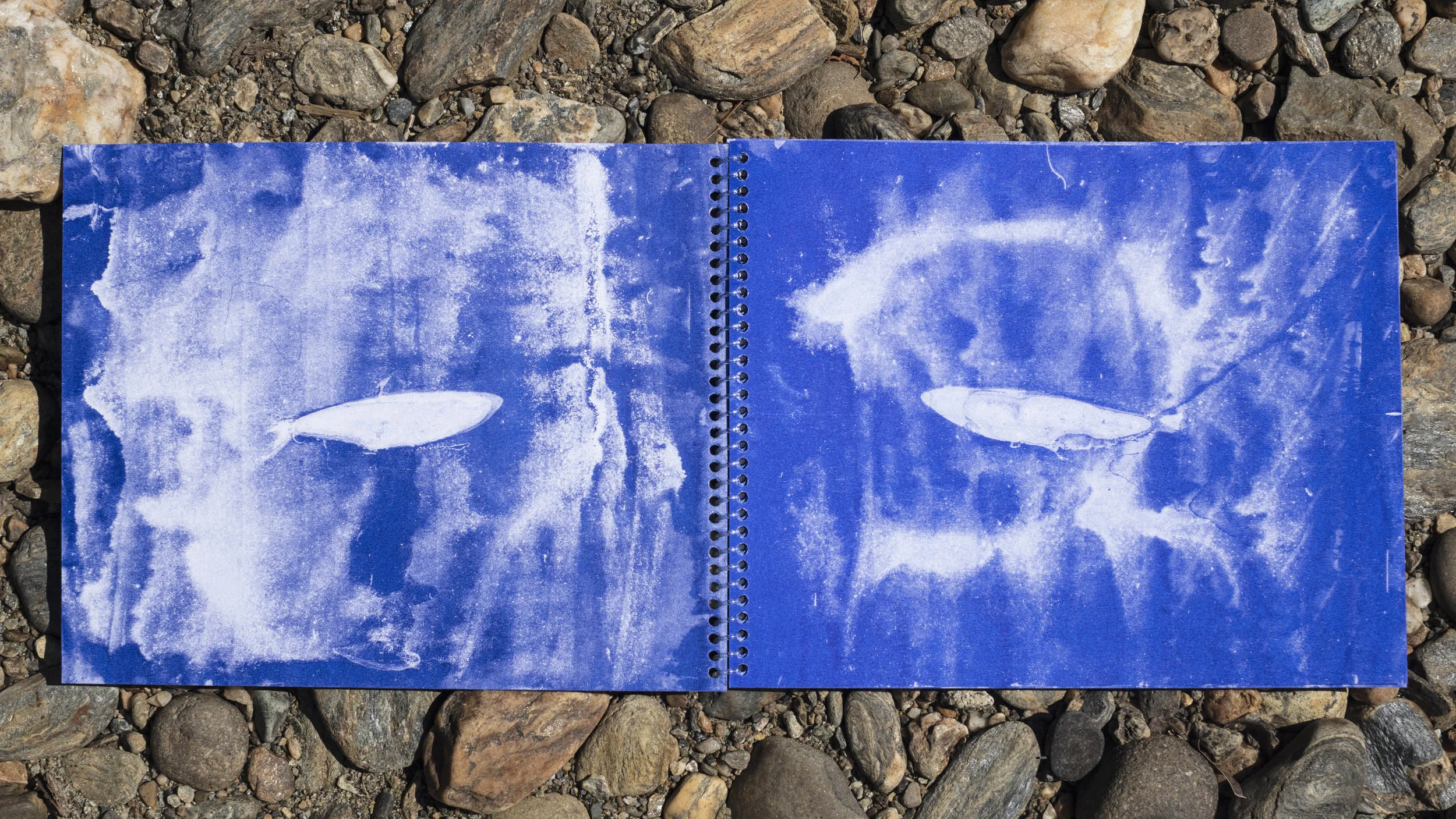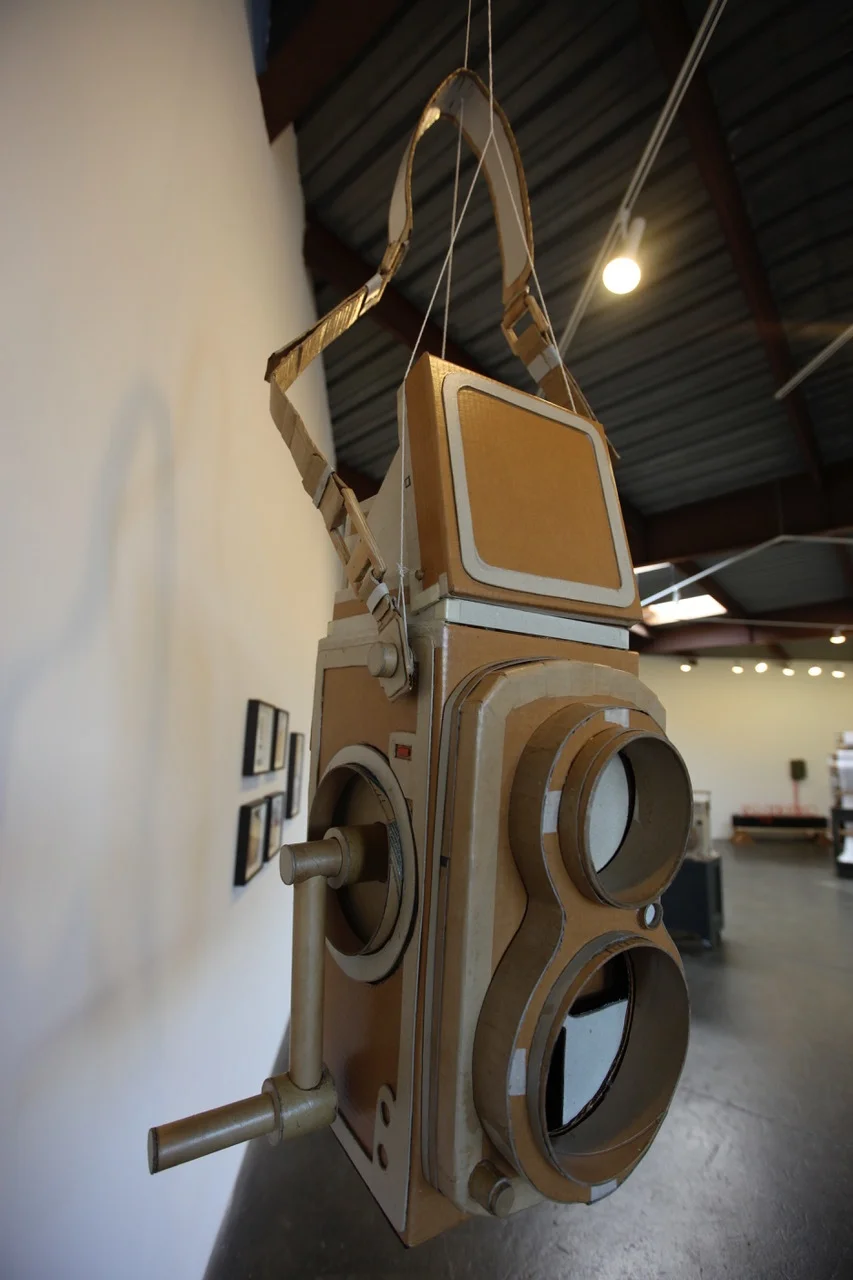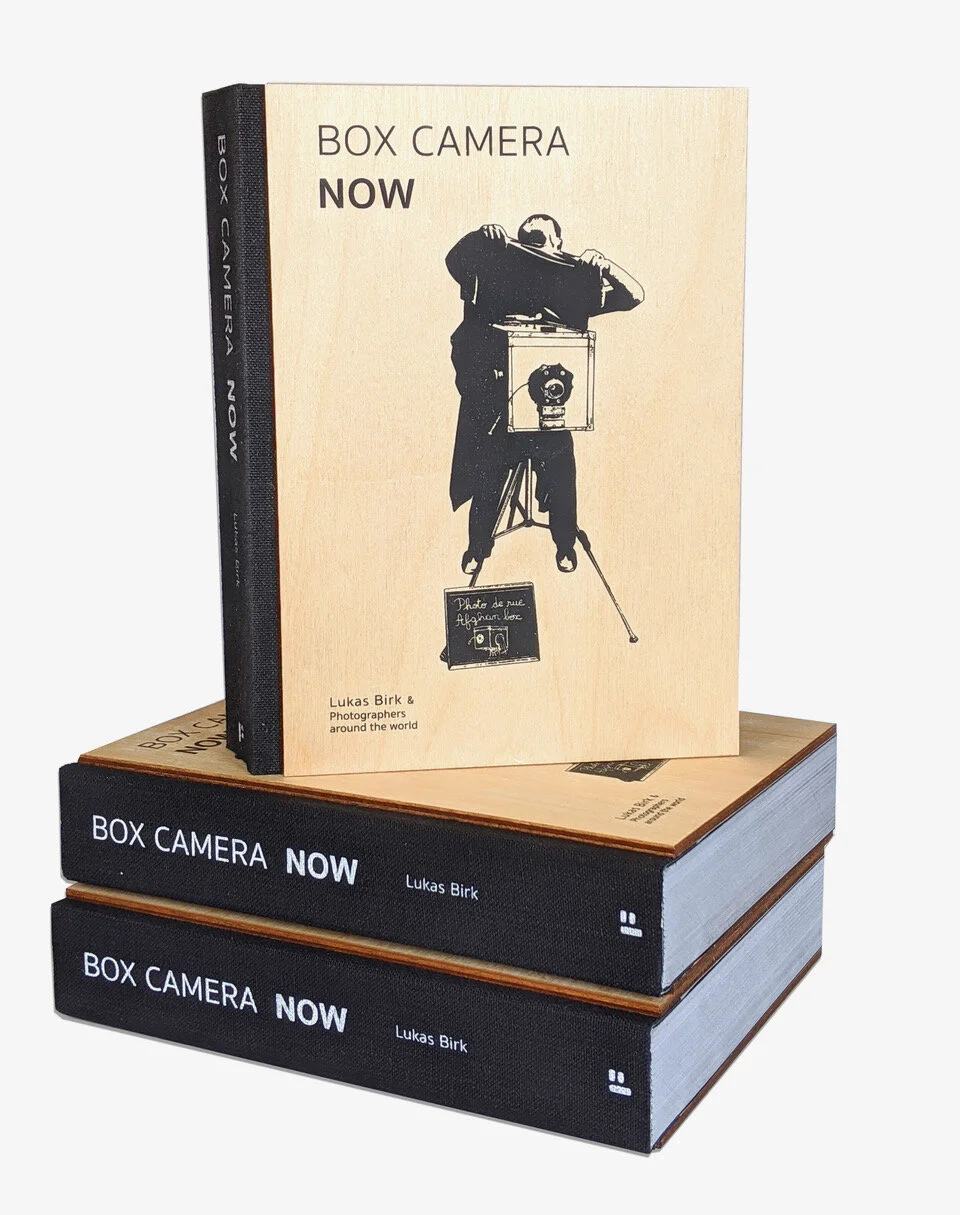Museums and universities hold some of the world’s best photography collections. Unlike works owned by private collectors, these institutions have a mission that includes sharing their collections with the public. But due to exhibition schedules and space constraints, many exquisite works are kept in storage for most of their lives. This series asks museum and university curators to mine their institution’s archives and share a selection of photographic works online for Don’t Take Pictures.
Edgar Allan Poe. Daguerreotype. November 1848. Sixth plate. The so-called "Ultima Thule" image, made in Providence, Rhode Island. Gift of Mrs. Charles T. Tatman in memory of her husband, 1947.
The American Antiquarian Society in Worcester, Massachusetts, was founded in 1812 by Revolutionary War patriot and printer Isaiah Thomas and is both a learned society and a major independent research library.
AAS houses the largest and most accessible collection of books, pamphlets, broadsides, newspapers, and graphic material printed in the United States before the twentieth century. The Society’s substantial collection of 75,000 historic American photographs ranges in date from the 1830s to the 1920s and include examples in all media from daguerreotypes to tintypes to gelatin silver prints. Many are by identified photographers, but others are completely unidentified.
The collection, not surprisingly, contains many portraits. The early days of photography in the United States revolved almost completely around the camera’s seemingly magical ability to preserve likenesses. Some images record politicians, authors, or farmers while others show groups of workers, friends, and students. The invention of albumen and salt print processes opened up even more affordable options for consumers and the demand for photography exploded in the 1850s. AAS also holds dozens of albums full of family photographs and many are closed allied with manuscript holdings, providing images of the people who wrote letters, kept diaries, and ran business all over New England.
Iron-clad Civil War Steamer “Signal.” Carte-de-visite, 1862-1863.
Examples of photography from the Civil War era can be found in the collection, recording likenesses of the soldiers, ships, and battlefields. Images of the national landscapes were produced just before the war and in the decades after 1865 as the nation pushed westward. The 1850s invention of the stereoscopic camera created a new form of visual entertainment, allowing armchair travelers to view photographs from all around the world, bringing three-dimensional scenes right into their own parlors. AAS holds over 55,000 stereoscopic photographs.
Several of the 1890-1920 photographic collections at AAS were produced by regional photographers with an interest in documenting architecture and landscape. Between 1890 and 1925, Harriette Merrifield Forbes photographed over 500 seventeenth- and eighteenth-century homes in America, recording buildings just before they were torn down or renovated. Her glass negatives are preserved at AAS. Theodor Clemens Wohlbrück, who would become better known as a panoramic photographer in California, started his professional life in Worcester, shooting portraits of his neighbors and views of local communities. His early print and negative archive is preserved at AAS.
Theodore Clemens Wohlbrück, Unidentified Man with Horse, Worcester County. Glass negative. Ca. 1910. Gift of Russell Bath, 2014.
The processes and procedures used by photographers from the 1830s to 1900 are extremely well-documented in the Society’s collections. Scholars come from all over the world to access our holdings of rare periodicals, manuals, trade and apparatus catalogs, manuscripts, and patent and copyright information related to the production and techniques of photography. Ephemera such as trade cards, broadsides and billheads for photographic practitioners are also preserved at the library.
Photographs have been part of the Society’s holdings since the invention of the daguerreotype in 1839 and we continue to add to the collection both by purchase and by gift. The works highlighted here include examples intended to show of the range of photographic material preserved at AAS.
Unidentified Native American Man. Inscribed “Umpqua Reserve.” Salt print. Oregon, 1859. 425301_0178
Harriette Merrifield Forbes. Old Hammond House, Worcester. Glass negative. 1893. Gift of Harriette Merrifield Forbes, 1948
Clara Barton. Daguerreotype. 1840s. Sixth plate. Gift of Herman Riccius, 1962.
Joshua Crissman. Lower Falls, Yellowstone River. Albumen print. Bozeman, Montana, 1871.
Thomas Olney Pike. Daguerreotype, Connecticut, ca. 1845. Gift of Susan Pike Corcoran, 2016.
School Improved by Cornelia Bowen. Albumen print. Tuskegee Normal and Industrial Institute. Tuskegee, Alabama, ca. 1890-1900.
Portrait of photographers T.P. and D.C. Collins. Daguerreotype, Philadelphia, 1846. Quarter plate. Gift of Rebecca Norris, 2015.
H.C. White & Co. The Home of Perfecscopes and Perfec-Stereographs. Retouching Room, Stereograph Department. North Bennington, Vermont, ca, 1901.
Edward Wilson Carpenter, publisher of the Amherst Record, and two printers. Tintype. Amherst, Massachusetts, ca, 1890. 517686.
Lauren B. Hewes is the Andrew W. Mellon Curator of Graphic Arts at The American Antiquarian Society.





































